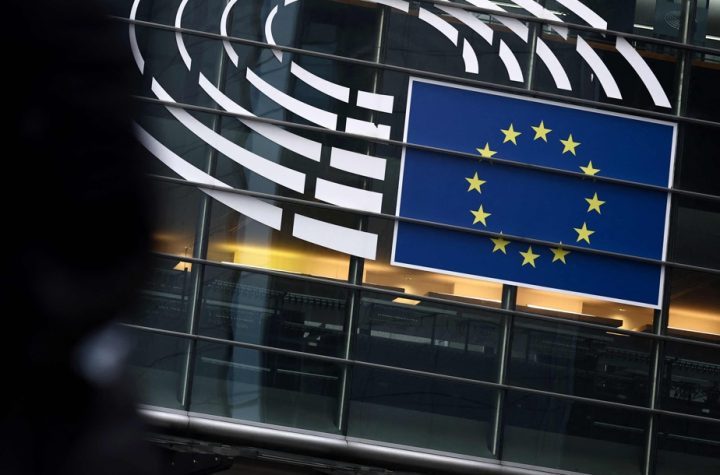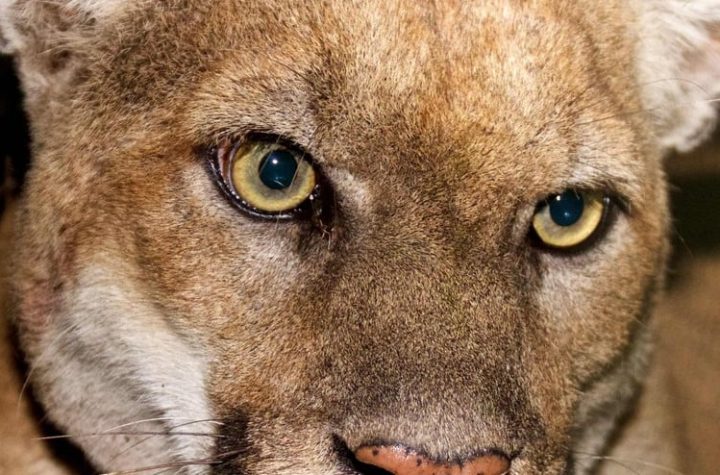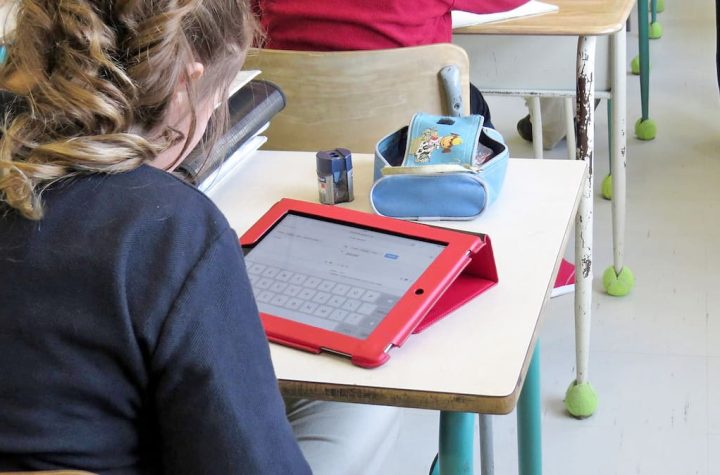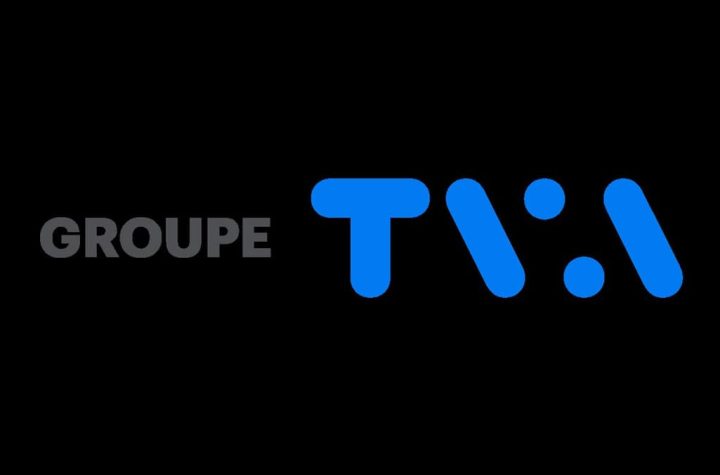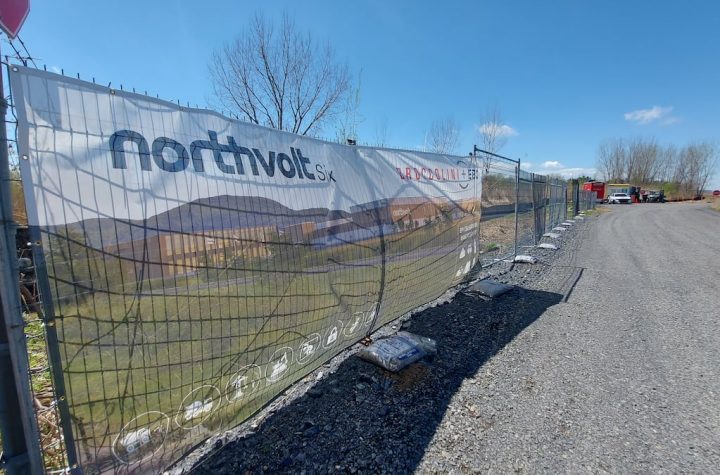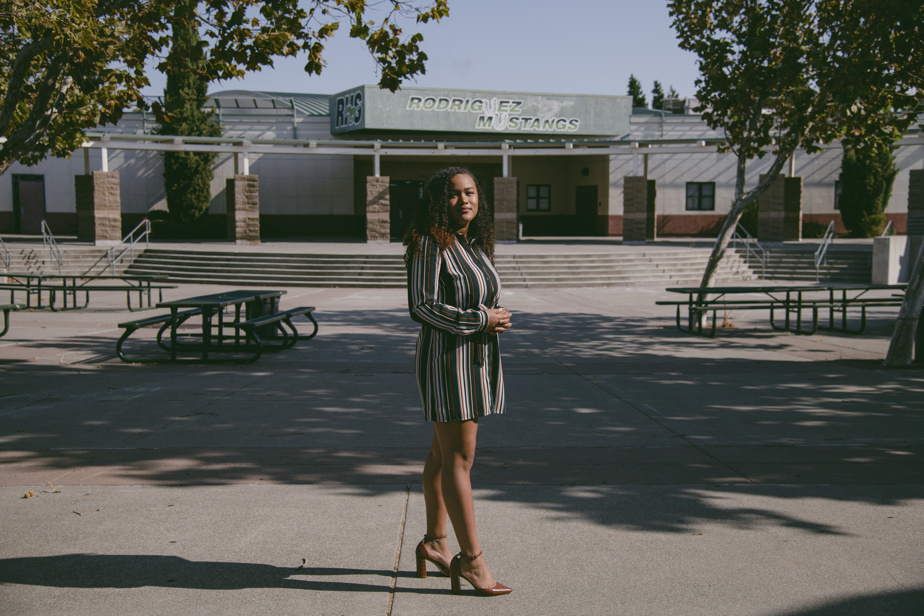
Over the past four decades, the economic conditions into which children are born have largely determined their conditions as adults. But a large new study, based on billions of social media connections, has highlighted a major exception to this pattern, helping to explain why some places offer a path out of poverty.
Posted at 5:00 am
According to this new study, poor children who live in areas where people across social class have more friendships earn significantly more as adults.
The study, published Monday the natureThe Facebook friendships of 72 million people, or 84% of American adults between the ages of 25 and 44, were analyzed.
It has been clear in the past that some neighborhoods are better than others at removing barriers to upward social mobility, but why is unclear. The new analysis — the largest of its kind — explains why the range of relationships between the rich and the poor explains why children from neighborhoods do better later in life than other factors.
The implications are profound. The study found that if poor children grew up in neighborhoods where 70% of their friends were wealthy—the typical rate for high-income children—it increased their future income by an average of 20%.
These friendships between social classes — what the researchers called economic connectedness — had a stronger influence than school quality, family structure, the availability of jobs, or the racial composition of the community. The study suggests that people you know open up opportunities for you, but the growing social class divide in the United States robs you of it.

Infographic Press, Sources the nature, The New York Times
Income distribution of a person’s friends according to their income
“Growing up in a society with connections across class lines improves children’s outcomes and gives them a better chance of escaping poverty,” said university economist Raj Chetty. Harvard and director of Opportunity Insights, which studies the sources and causes of inequality. Supports economic mobility. Johannes Strobel and Theresa Kuchler of New York University and Matthew O. of Stanford University and the Santa Fe Institute. Along with Jackson, he was one of four lead authors on the study.
The results show the limitations of many efforts to increase diversity, such as school transportation, multifamily zoning, and affirmative action. According to the study, bringing people together is not enough to increase opportunities. Equally important is that they build relationships.
“People interested in building financial relationships should also try to bring people of different incomes together,” says Strobel.
“Linking Social Capital”
Jimriel Bowie grew up in a lower middle class family. His parents divorced, lost their jobs and their home. Also, when she befriends high school girls who live in an affluent neighborhood of the city, their way of life intrigues her. Their houses were bigger, they ate different foods, and their parents—doctors, lawyers, and pastors—had different goals and plans for their children, especially when it came to college enrollment.
“My mom really pushed us to work hard, to know our family history, to be better, to do better,” said Jimarielle Bowie, 24, whose name is Mari. “But I didn’t know anything about the SAT exam, and my friends’ parents signed them up for this class, so I thought I’d do it. I asked my friends’ parents to look at my personal documents. »
Jimmariel Bowie was the first in his family to earn a post-secondary degree. She is now a criminal lawyer who got the job through a friend of her high school friend.
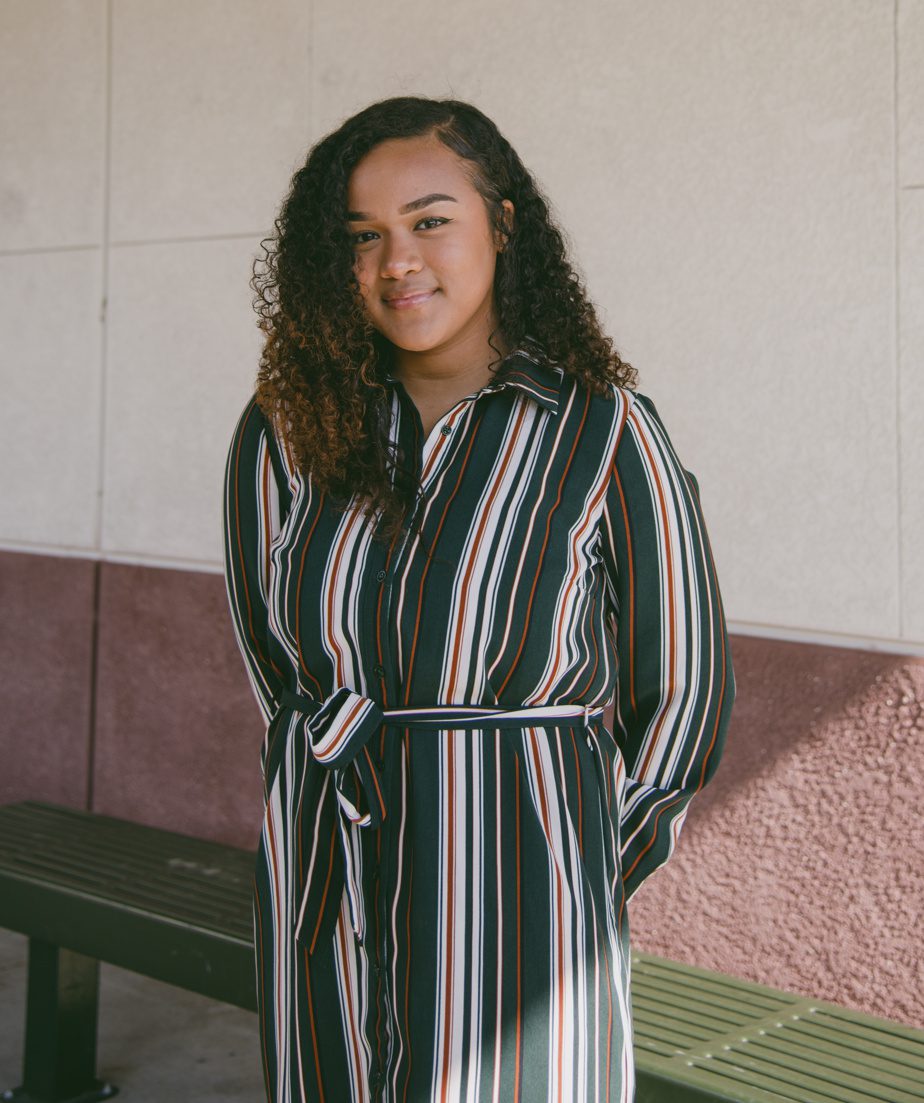
Photo by Marissa Leshnow, The New York Times
Jimarielle Bowie is an attorney at her alma mater, Angelo Rodriguez High School in Fairfield, California.
My experience of meeting more affluent people: I was able to enter these circles, understand how these people were thinking. I definitely think this is an important difference.
Jimmariel Bowie
Social capital, the network of people’s relationships and how they are influenced by those relationships, has long puzzled social scientists. The first use of the phrase dates back to 1916 by LJ Hanifan, a West Virginia school administrator. Since then, researchers have found that relationships with more educated or wealthier people beginning in childhood can influence aspirations, higher education, and careers.
But the new study, which uses a much larger dataset than other studies, covering 21 billion Facebook friendships, is the first to show that living somewhere that fosters those connections leads to better financial outcomes.
The researchers found that the more connections there are between the rich and the poor, the more children in the neighborhood are lifted out of poverty. After controlling for these links, other characteristics analyzed by the researchers—including neighborhood racial composition, poverty level, and school quality—were found to be less associated with mobility, as well as ascension.
“It’s important because what we lack in America today, and what has been catastrophically eroded over the last 50 years, is what I call ‘bonding social capital’ – informal relationships that bring us together with people unlike ourselves,” he said. Robert Putnam, Harvard political scientist who wrote Bowling alone And Our childrenOn the decline of social capital in the United States.
And that’s important because it gives us a lot of evidence or evidence that we can start moving this country in a better direction.
Robert Putnam, political scientist
Other forms of social capital are also important, such as volunteer rates in the community and friendships with people of the same origin. Yet even in places lacking other forms of social capital, the new study shows that an increase in social class ties is enough to improve children’s economic opportunities. This type of social capital has diminished as the social divide in the country deepened. In recent decades, people are more likely to live in neighborhoods and attend schools with people of similar economic status — behavior that sociologists say is driven by fear of falling income levels at a time when inequality is rising.
The analysis did not directly measure the role of race, which did not appear in the Facebook data. (Although there are methods researchers use to assess race, the authors of the new study did not use them.) But in more racially diverse places, the study found fewer interclass ties.
“Culture of Success”
The researchers focused on high schools, one of the few environments where people from all classes make friends at a similar rate and a place where people form lifelong friendships before they start making decisions. It can determine their financial trajectories.
Angelo Rodriguez Middle School in Fairfield, California, attended by Jimarielle Bowie, has more cross-class friendships than the average for large public schools.
Fairfield, located midway between Sacramento and San Francisco, is an exceptionally racially and economically diverse area, and three-quarters of Rodriguez High’s roughly 2,000 students are students of color. The school, which opened in 2001, offered an area in the shape of an inverted C, including neighborhoods on the city’s fringes – thus Jimarielle Bowie ended up traveling to a more affluent area to attend school. It also allows some students living outside the perimeter to attend the school.
In general, larger and more diverse schools, both economically and racially, have a lower share of interclass relations. It is difficult to make friends in large groups and there is a better chance of forming groups with people of similar backgrounds. But Rodriguez developed high cross-class friendships, planned and unintended.
“Being at Rod, you make friends with everybody,” Bowie said. That is literally what this school does. »
The layout of the school campus, a promenade around the central library, an outdoor stage and a playground may have helped. This was intentional, says John Diffenderfer, president of Aedes Architects, which designed the campus: “Structured accidental interactions between students are greatly emphasized. »
Rodriguez High has a schedule in which classes meet for two hours each day. This creates small, diverse groups that spend a lot of time together. When larger schools do this, it helps foster camaraderie between classes, according to the study. Segregating students based on their academic achievement through gifted programs or international baccalaureates can have the opposite effect.
Extracurricular activities and interest clubs also play an important role in bringing students from diverse backgrounds together, said Katy Coniconde, a school counselor at Rodriguez who graduated from the school in 2006. Half of the school’s enrollment is enrolled in these clubs.
Children are identified more by their extracurricular activities than by their race or socioeconomic status. There are athletes, teenagers in the marching band, teenagers who are interested in anime.
Katy Coniconde is a school counselor at Angelo Rodriguez Middle School
Sharing extra-curricular interests, students begin to share common aspirations, Smt.me Konikonde. Doing well on the SAT and attending college for four years are common goals for Rodriguez, she said.
Students from more affluent parts of the city usually come with these goals, but many students from low-income families have never thought about them before.
“It feels like a culture of success,” she said. The promotion of four-year studies at Rad was enormous and remains so today. »
This article was originally published The New York Times.

